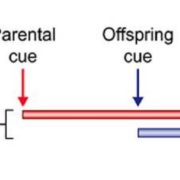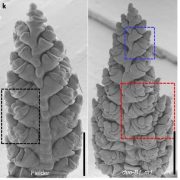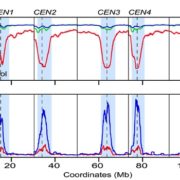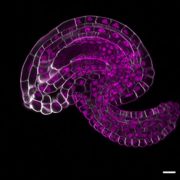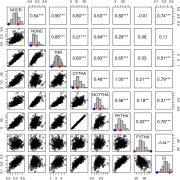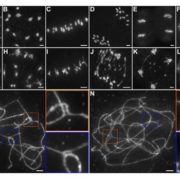Expression of FLOWERING LOCUS C differentiates summer and winter biotypes of Camelina sativa (Plant Direct)
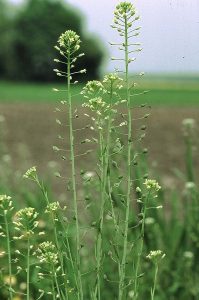 Camelina sativa is a member of the Brassicaceae family that is grown as an oilseed crop. It has summer and winter flowering biotypes, the latter of which requires vernalization to induce flowering. These two biotypes allow for double-cropping, and the winter-flowering biotype can also be used as a cover crop. To investigate the genetic basis for the different flowering requirements in this species, Anderson et al. carried out whole-genome and RNA sequencing studies of the two biotypes. The Camelina sativa genome encodes three loci encoding the floral repressor FLC, one of which is expressed at much higher levels in the veranlization-requiring plants. Interestingly, the Chromosome 20 locus appears to contain three copies of the FLC gene, one of which has a single-nucleotide deletion that would result in a frame shift and non-functional protein. Transcripts corresponding to this frame-shift variant are more highly expressed in the summer flowering species. (Summary by Mary Williams) (Image by Fornax) Plant Direct J. 10.1002/pld3.60
Camelina sativa is a member of the Brassicaceae family that is grown as an oilseed crop. It has summer and winter flowering biotypes, the latter of which requires vernalization to induce flowering. These two biotypes allow for double-cropping, and the winter-flowering biotype can also be used as a cover crop. To investigate the genetic basis for the different flowering requirements in this species, Anderson et al. carried out whole-genome and RNA sequencing studies of the two biotypes. The Camelina sativa genome encodes three loci encoding the floral repressor FLC, one of which is expressed at much higher levels in the veranlization-requiring plants. Interestingly, the Chromosome 20 locus appears to contain three copies of the FLC gene, one of which has a single-nucleotide deletion that would result in a frame shift and non-functional protein. Transcripts corresponding to this frame-shift variant are more highly expressed in the summer flowering species. (Summary by Mary Williams) (Image by Fornax) Plant Direct J. 10.1002/pld3.60


